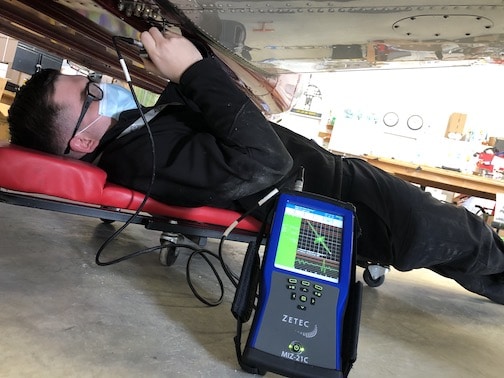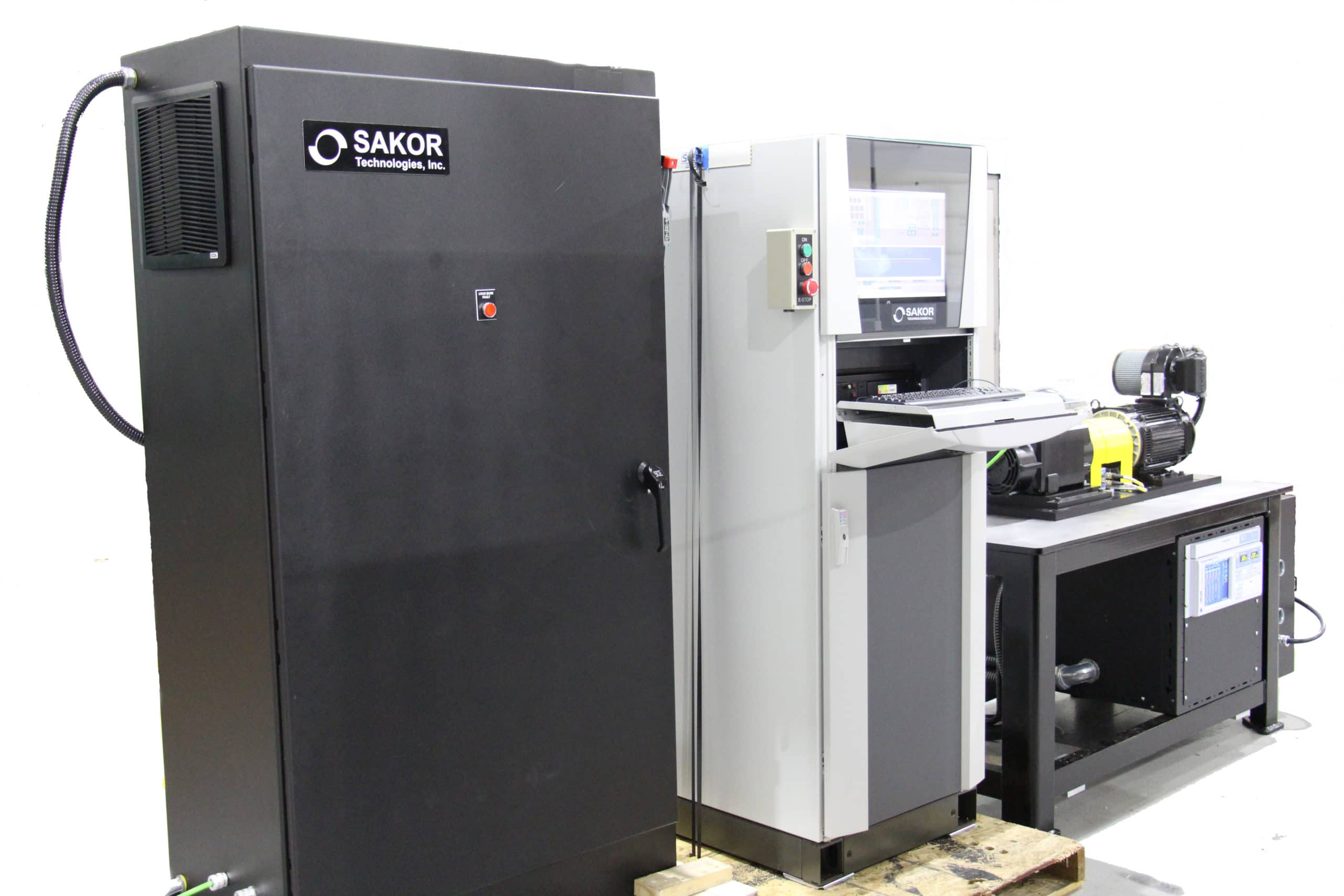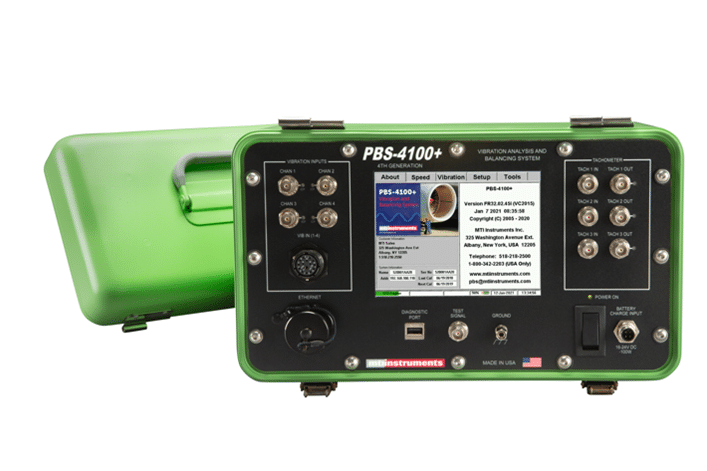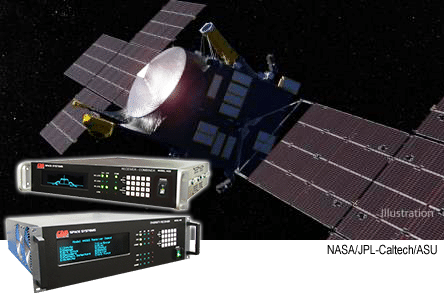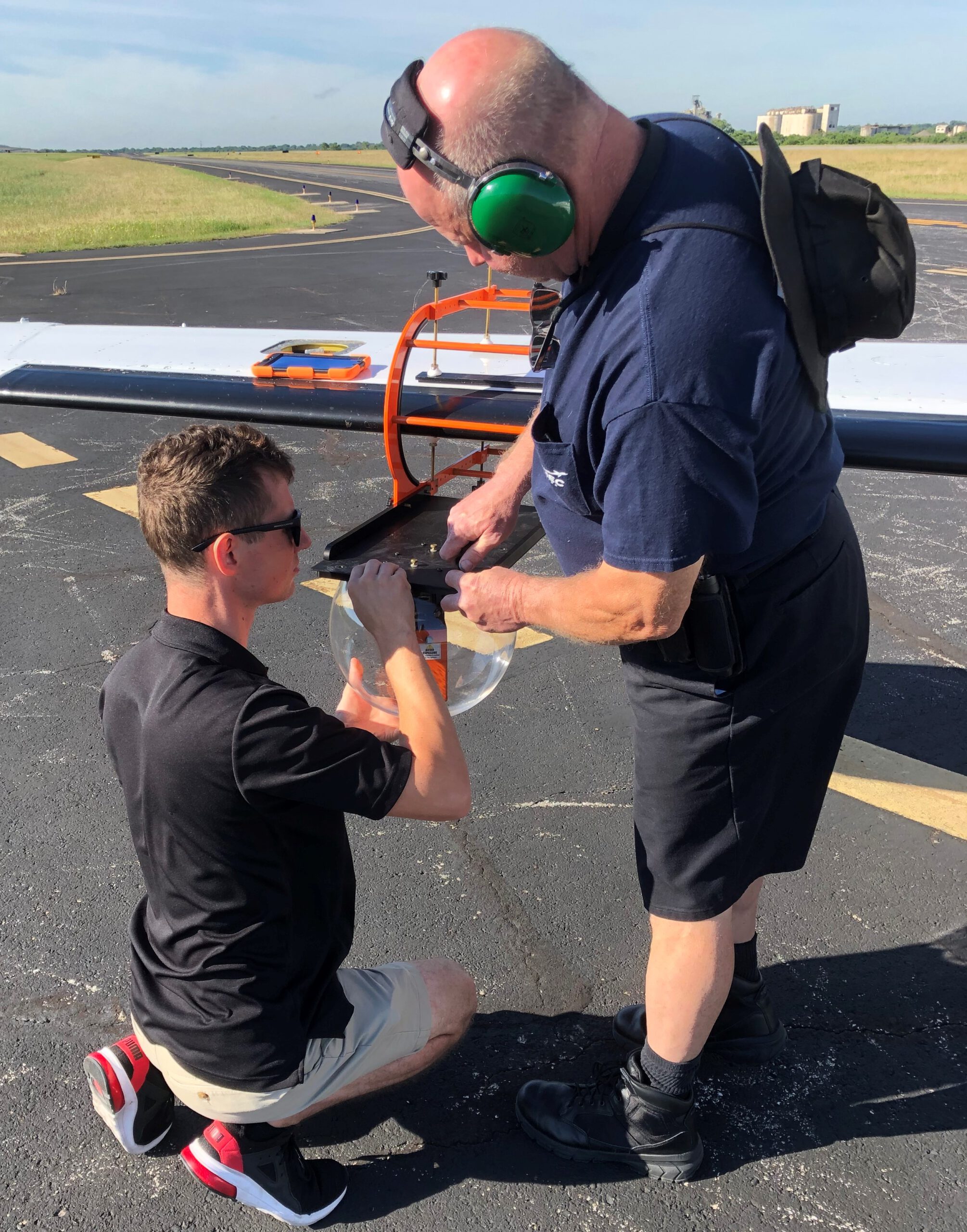The ARINC 818 video transmission protocol has gained wide adoption as a standard for high-performance video systems in military and commercial aircraft. ARINC818 lends itself to applications that require few connectors, low weight, EMI resistance, or long-distance transmission. It serves as an interface solution for a wide range of used cases that includes cockpit recorders, cockpit simulators, video concentrators, infrared sensors, etc.
Typically, ARINC818 is implemented over optical and copper channels for speeds between 1Gbps to 3Gbps, but beyond 3Gbps it is implemented exclusively over fibre optics links.
Many avionics industries use copper transmission at a 1x link rate (1.0625Gbps) to provide low-resolution video at higher frame rates and high-resolution video at lower frame rates. Furthermore, with bit error rate having a significant impact in characterizing the performance of the data channels, achieving lower bit error rates in the received video frames via a copper medium is challenging compared to an optical medium.
As a global leader in ARINC818 protocol-based products, iWave Systems successfully implemented ARINC818-based video transmission over the copper transmission medium. With cabling playing an important role in copper transmission medium for getting the expected quality of video output, the R&D team analyzed various key factors to deal with the copper cables.
ARINC818 video transmission via conversion cards over the copper transmission medium
The ARINC818 to DVI and vice versa conversion card setup was used to observe the video output quality originating from the video source. The DVI input was converted to ARINC818, transmitted over the 100-Ohm copper cable, and converted back into DVI. Twinax shielded copper cable and Custom Quadrax copper cable were used in the setup to test the feasibility of transmission at a differential impedance of 100-Ohm and data transfer rates at 1.0625Gbps.
Implementation considerations
Various key factors were considered while implementing the copper-based interface such as,
• type of copper connectors & cables to be used
Twinax shielded copper cable
Custom quadrax copper cable
• cable characteristics to be considered which affects the output from copper connectors such as
type of cable based on shielding, to provide EMI resistant transmission
– Cables can be the main source of transfer for EMI, both as a source and receiver. The primary way to combat EMI in cables is through the use of shielding. Shielded twinax and quadrax cable were used in the setup to get a stable video output
impedance characteristics to offer undegraded throughput
– It was made sure that copper connector, mating plug, and copper cable have the same impedance characteristics to avoid throughput degradation
cable length, to provide stable video output without any frame loss
– Since signal loss dramatically increases with the increase in data rate, to obtain the maximum length of the cable whilst maintaining the thickness repeated tests were conducted with different lengths of cable at different data rates.
shielding ground connection for stable video output without any error or glitches
– Shield ground connection was carefully done to get the proper output without any error and glitches in the video
A full suite of tests was conducted for ARINC818 IP over the copper transmission medium proving that iWave’s ARINC818 protocol conversion cards are promising for applications where robustness, low latency, and reliability are necessary.
Fig 1.3: ARINC818 to DVI Conversion card
ARINC818 to DVI & Vice Versa conversion card features
• Rugged standalone module in 6U form factor
• Supported configuration is
o ARINC818 to DVI conversion
o DVI to ARINC818 conversion
o 2x ARINC818 Duplicator/Splitter
o 2x ARINC818 Switch
• Supports both front panel & backplane configuration
• MIL-Grade PCB
• Flexible cPCI connector for video transmission, reception, and communication with the system
• Supports both progressive & interlaced video up to Full HD @60fps
iWave Systems, with its 21 years of valuable experience in the FPGA domain, offers an extensive suite of ARINC818 protocol-based solutions and has successfully delivered several custom designs to our esteemed clients around the world. The ARINC818 IP embedded conversion cards can be leveraged to meet the advanced avionics applications with a significant requirement in terms of performance and reliability.
iWave Systems relies on years of expertise to assist you in the realization of your ideas with our complete range of comprehensive ARINC 818 solutions –
More information on ARINC 818 Solutions can be found here.
With 21 years of valuable expertise in the FPGA domain, iWave Systems offers FPGA designs tailored to meet customer’s specific requirements. We offer an extensive suite of FPGA based IP cores such as ARINC818 Complete suite, Storage, Legacy processors, and video processing IP’s.
iWave Systems presents an extensive portfolio of standard/custom System On Modules, SBC based on Xilinx Zynq & Zynq MPSoC SoC devices, Intel Arria10 & Cyclone V devices, and comprehensive Engineering design services involving embedded hardware, FPGA, and software development in servicing to multiple domains across the globe such as Industrial, Medical, Automotive, IoT and Computer Vision.
For more information or inquiries, please write to mktg@iwavesystems.com or log on to our website www.iwavesystems.com

